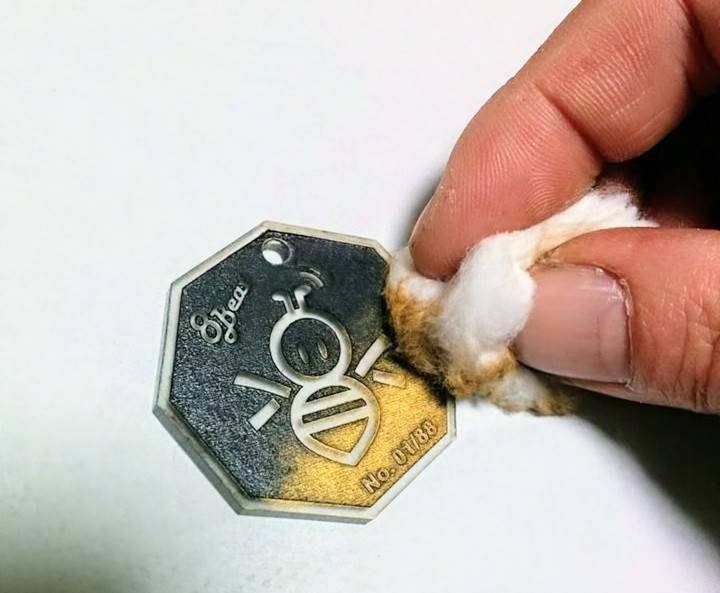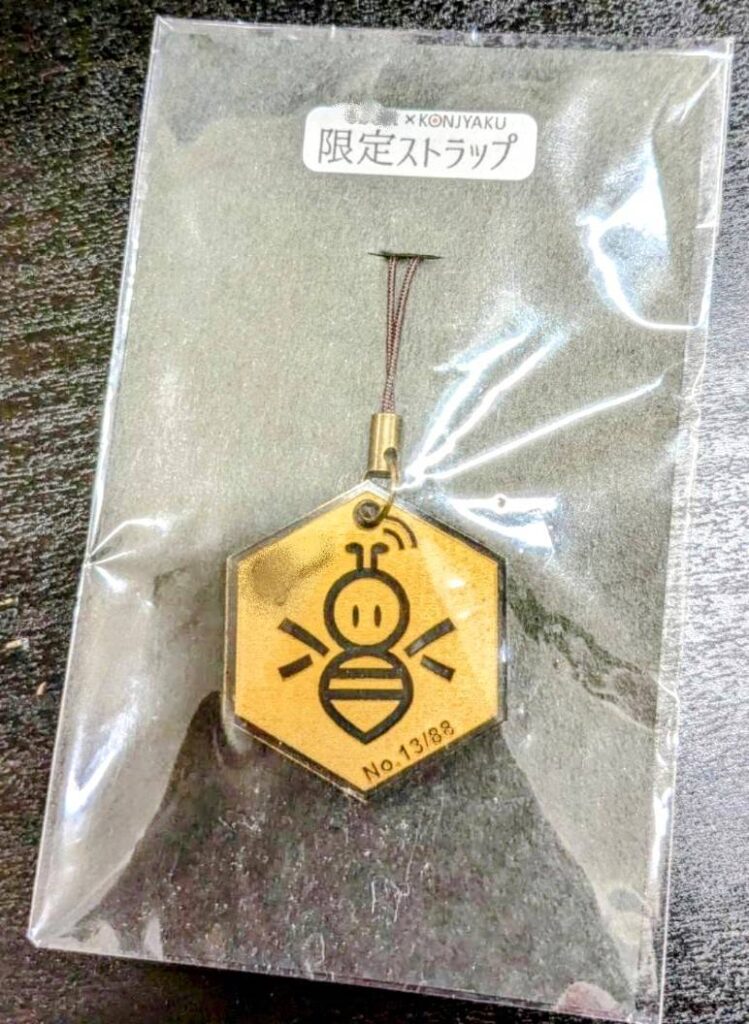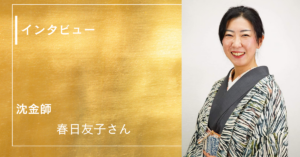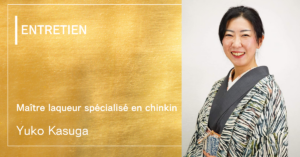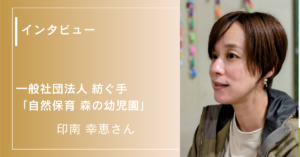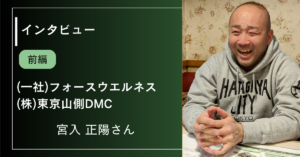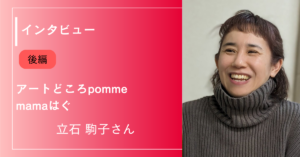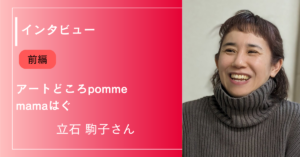“You can’t help but want to touch them” – delicate feather lines and vibrant animal figures seem to come alive in her work. Yuko Kasuga creates chinkin, a traditional Japanese art of gold inlay on lacquerware, where fine lines are carved into lacquer and filled with gold powder. Her pieces blend centuries-old techniques with modern sensibilities, building a unique artistic world that has garnered recognition at European competitions. Surprisingly, her workspace isn’t in a traditional artisan’s workshop, but in a coworking space in Hachioji, Tokyo. There, she carefully carves into Wajima-nuri lacquerware pieces – a prestigious form of Japanese lacquerware – working with unwavering focus, as each cut of her chisel must be perfect and cannot be undone. We spoke with Kasuga about her creative vision and how this unconventional environment shapes her fresh take on this ancient art form.
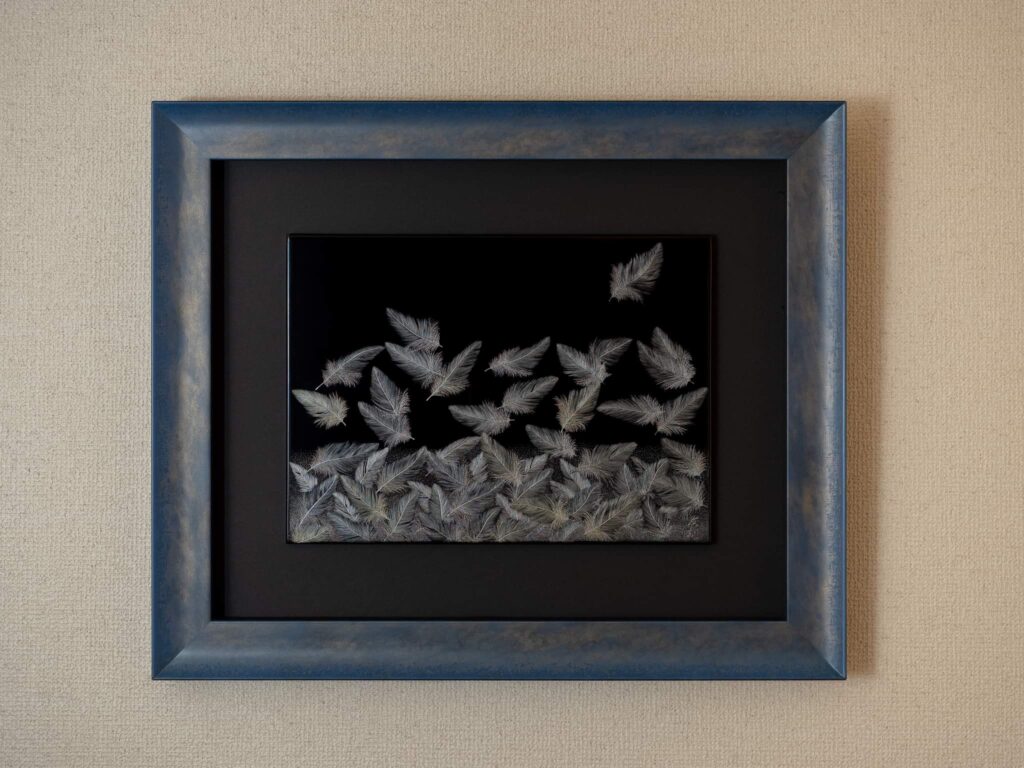
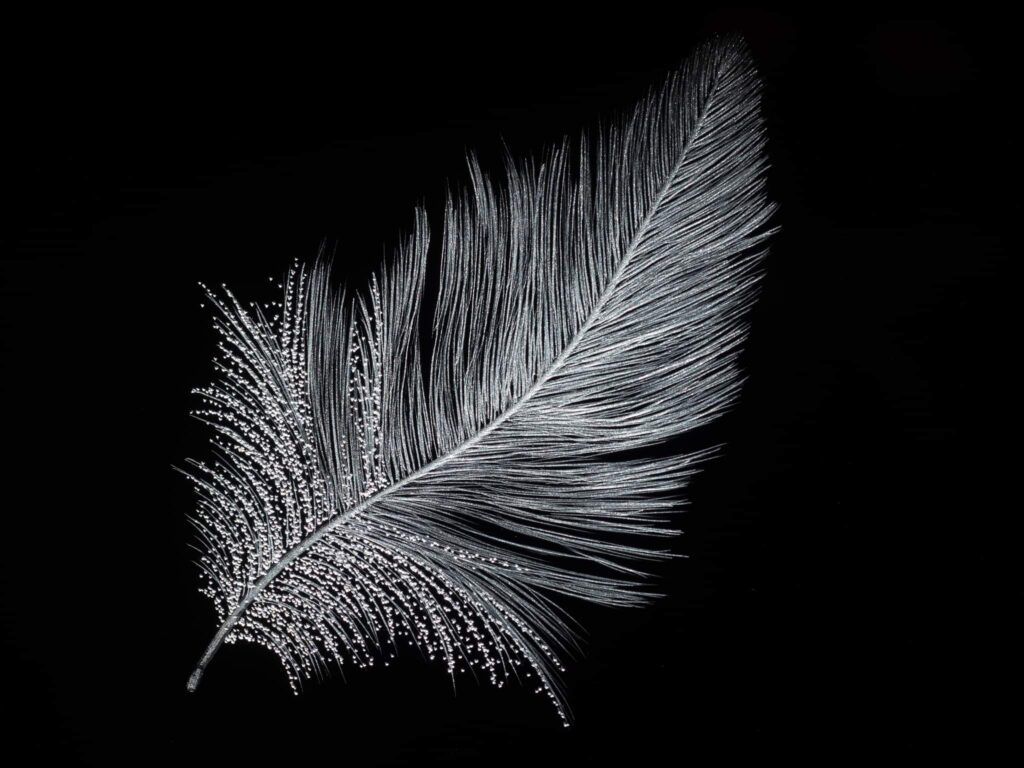
What is Chinkin (Gold Inlay Lacquer Art)?
Born and raised in Hachioji (western Tokyo), Yuko Kasuga graduated from high school in Tokyo and went on to study at the Wajima Lacquerware Technology Training Institute in Ishikawa Prefecture – a region renowned for its lacquerware traditions. After completing her studies, she returned to Hachioji to pursue her career as a chinkin artist, specializing in the art of gold inlay on lacquerware.
Crafting Tradition in a Modern Business Space
The gentle scratching sound of her chisel – gari, gari, gari – mingles with the chatter of people coming and going and the clicking of keyboards in the coworking space.
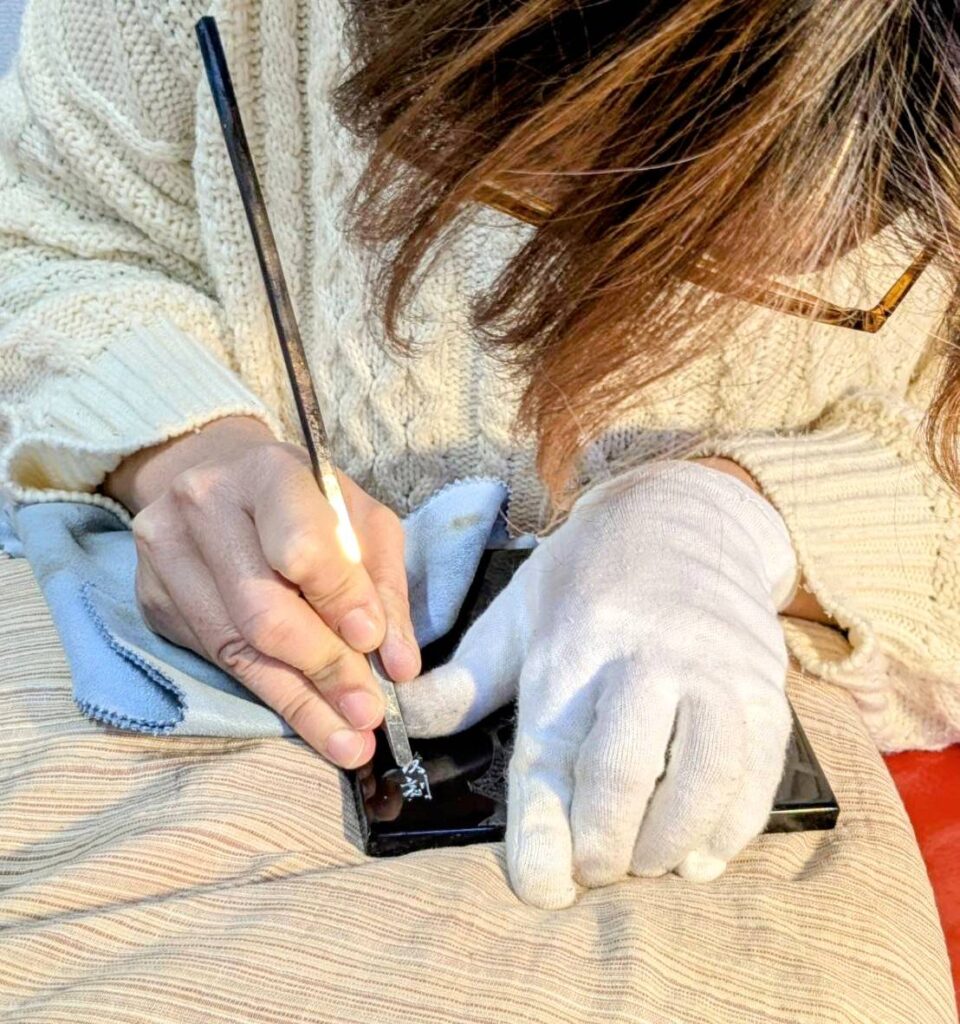
When asked why she works in a coworking space, Ms. Kasuga explains, “Being in an environment where others are focused helps elevate my own work.” As an author who had always imagined traditional craftspeople working silently in isolated workshops, I was surprised by this scene. Ms. Kasuga performs almost all of her work processes at the coworking space – from sketching and design to the actual carving. However, the final step of applying gold powder with urushi lacquer is done at home. For the humidity-controlled environment essential in lacquerware crafting (traditionally called shime-buro or shime-muro), she ingeniously uses a drawer in her dresser as a makeshift chamber.
She also shared insights about the dragon piece she’s currently working on. Since dragons are mythical creatures, her first step was to study their characteristics. “I sketch designs, photograph them, and review them after a few days. This reveals disharmonies that weren’t visible during the creation process,” she explains. Sometimes she even turns the photos upside down to gain a fresh perspective. It took ten iterations of designs before she was satisfied with the final version.
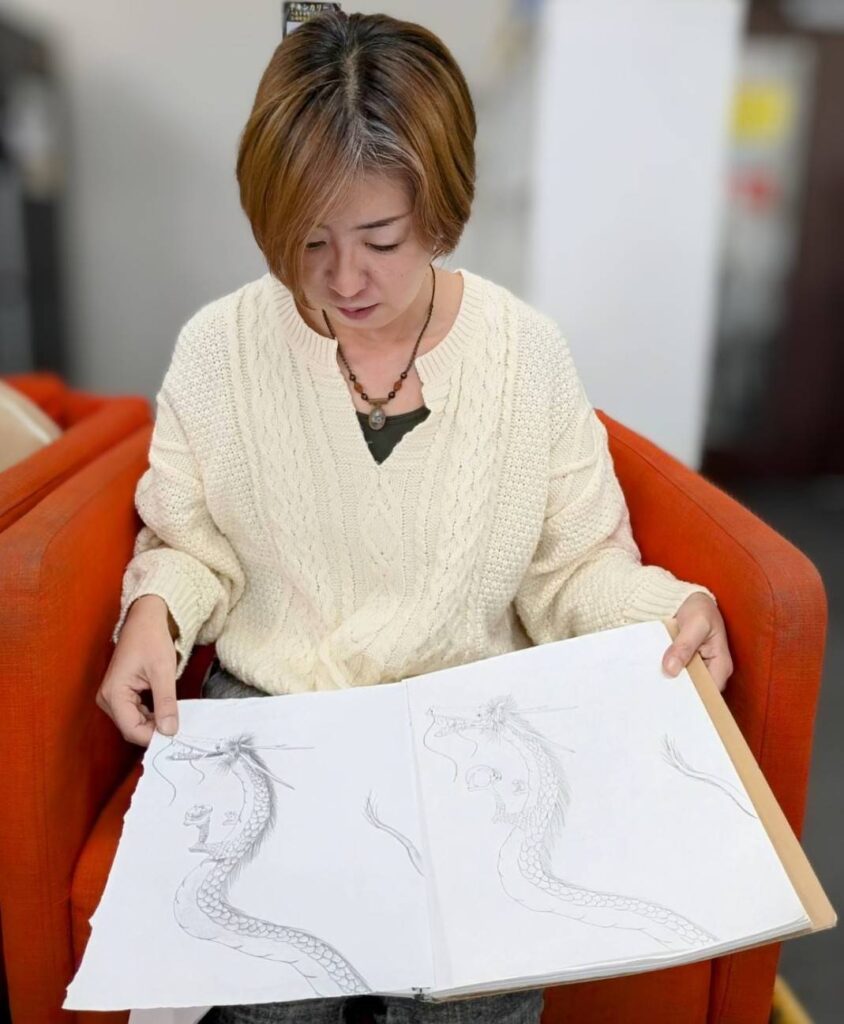
In chinkin art, the process from conception to completion can sometimes take years. When carving large pieces with her chisel, Ms. Kasuga maintains a unique mental state. Speaking about her work on major pieces such as “Heart Sutra” and “A MAN,” she explains, “To maintain consistent sensitivity in my hands while using the chisel, I kept up a constant dialogue with the piece.” This focus continues even after returning home – during meals and between baths, she never lets her consciousness drift from the work. This mental discipline allows her to resume carving the next day with the same precise touch, as if she never put down her chisel.
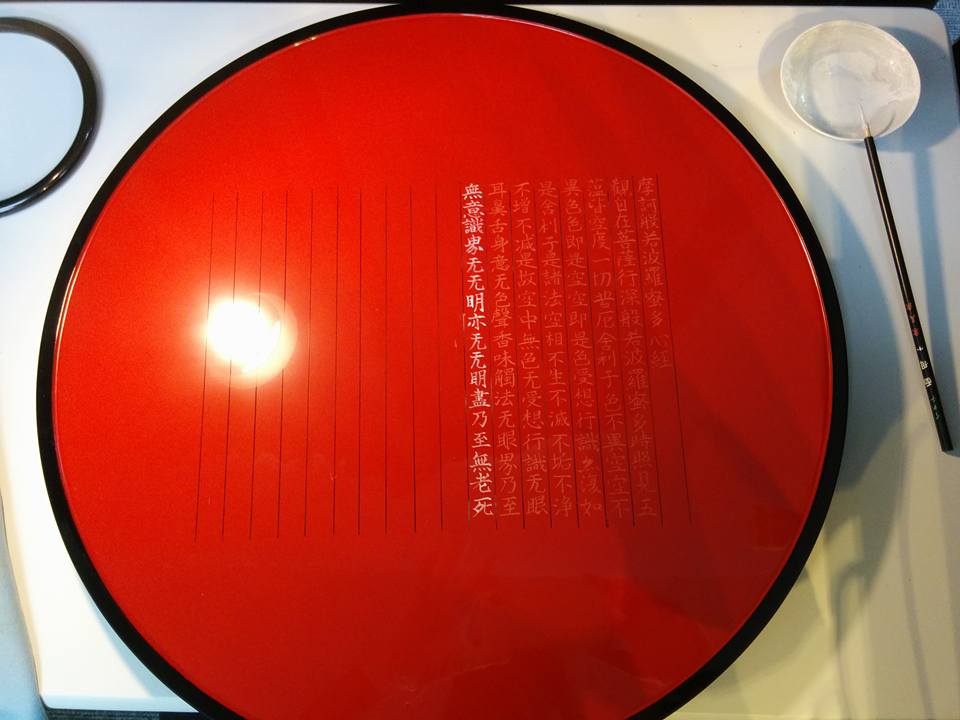
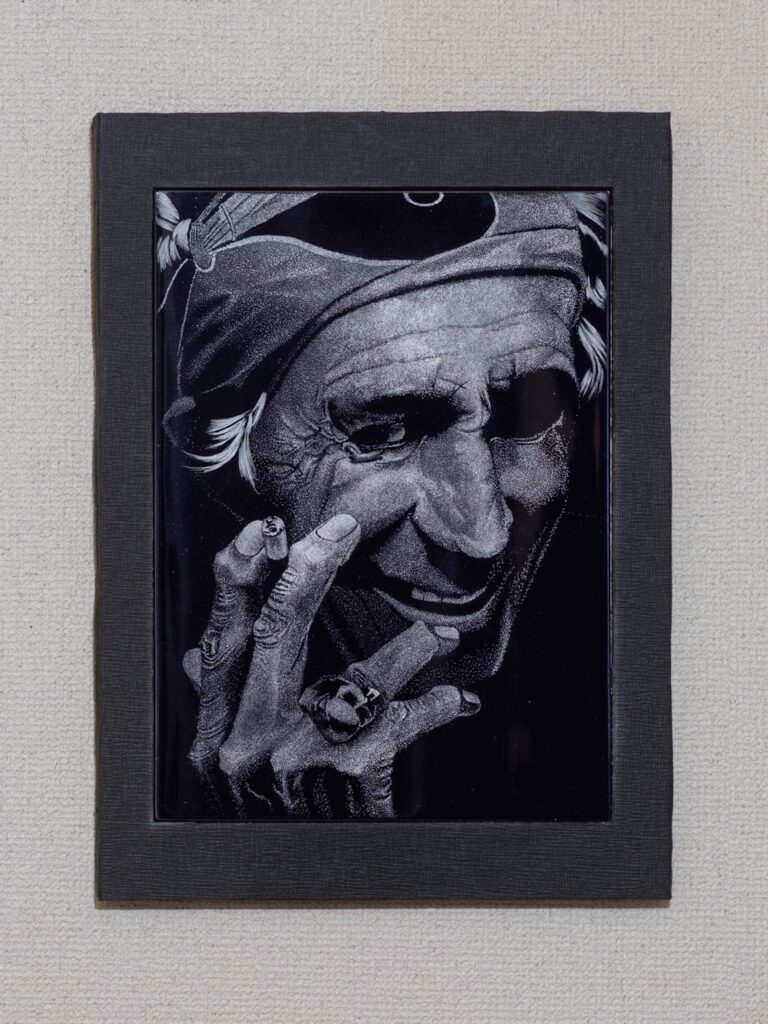
Meeting professionals from different fields at the coworking space has greatly expanded Ms. Kasuga’s artistic horizons. In particular, her interactions with people from the IT industry have opened up new possibilities. “The way IT professionals think went beyond my imagination,” Ms. Kasuga explains.
The turning point came from a simple question posed by one of her coworking space colleagues: “Would it be possible to do chinkin on plastic?” This innocent query opened up new creative possibilities. Her colleagues at the coworking space helped with everything from creating computer-aided designs to engraving patterns using laser cutters. After numerous trials and errors, they established an innovative technique where patterns are carved into acrylic plates, followed by Ms. Kasuga’s traditional application of gold powder using lacquer. This fusion of traditional craftsmanship and modern technology resulted in a new product: keychains featuring chinkin artistry.
